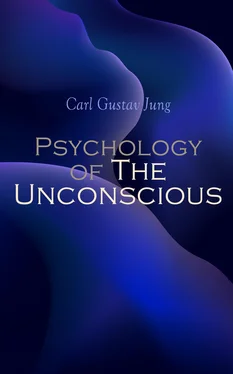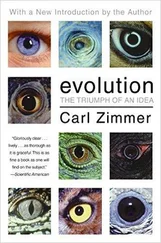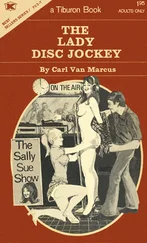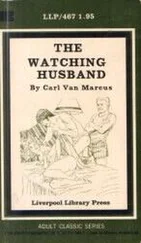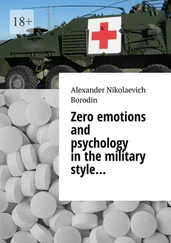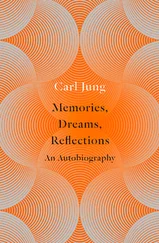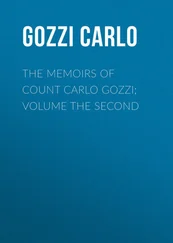This material afforded a rich field for the searchers into the soul, for through the operation of the law of association of ideas these phantastic products, traced back to their origin, revealed the fact that instead of being meaningless or foolish, they were produced by a definite process, and arose from distinct wishes and desires which unconsciously veiled themselves in these mysterious forms and pictures.
It is conceded that the most completely unconscious product of an individual is his dream, and therefore Professor Freud turned his attention from phantasies and day-dreams to the investigation of the nightly dreams of his patients to discover whether they would throw light upon the painful feelings and ideas repressed out of consciousness, and therefore inaccessible to direct revelation.
This brilliant idea soon led to a rich fruiting, for it became evident that contrary to the usual conception that the dream is a phantastic and absurd jumble of heterogeneous fragments, having no real relation to the life of the individual, it is full of meaning. In fact, it is usually concerned with the problem of life most pressing at the time, which expresses itself not directly, but in symbolic form so as to be unrecognized. In this way the individual gains an expression and fulfilment of his unrealized wish or desire.
This discovery of the symbolic nature of the dream and the phantasy was brought about entirely through the associative method and developed empirically through investigations of the dreams of many people. In this manner it became evident that certain ideas and objects which recurred again and again in the dreams and phantasies of different people were definitely associated with certain unconscious or unrecognized wishes and desires, and were repeatedly used by the mind to express these meanings where a direct form was repressed and unallowed. Thus certain dream expressions and figures were in a general way considered to be rather definite symbols of these repressed ideas and feelings found in the unconscious. Through a comparative and parallel study it soon appeared that there was a similar mechanism at work in myths and fairy tales and that the relationship between the dreams and phantasies of an individual and the myths and folk tales of a people was so close that Abraham could say that the myth is a fragment of the infantile soul life of the race and the dream is the myth of the individual.
Thus through relating his dreams the patient himself furnished the most important means of gaining access to the unconscious and disturbing complexes with which his symptoms were connected.
Besides the dream analysis the patient furnished other means of revelation of his complexes—his mannerisms and unconscious acts, his opening remarks to his physician, his emotional reactions to certain ideas; in short the whole behavior and verbal expressions of the individual reveal his inner nature and problems.
Through all this work it became clear that in the emotional nature lay the origin not only of the various nervous illnesses themselves, but also of the isolated symptoms and individual idiosyncrasies and peculiarities which are the part of all humanity and that the pathogenic cause of the disturbances lies not in the ignorance of individuals, but in those inner resistances which are the underlying basis of this ignorance.
Therefore the aim of the therapy became not merely the relief of the ignorance but the searching out and combating of these resistances.
It becomes evident from even this brief description of the analytic procedure that we are dealing with a very complex and delicate material, and with a technique which needs to make definite use of all influences available for the help of the patient. It has long been recognized that the relation established between physician and patient has a great effect upon the medical assistance which he is able to render—in other words, if a confidence and personal regard developed in the patient towards the physician, the latter’s advice was just so much more efficacious. This personal feeling has been frankly recognized and made of distinct service in psychoanalytic treatment under the name of transference . It is through the aid of this definite relationship which must be established in the one being analyzed towards the analyst that it is possible to deal with the unconscious and organized resistances which so easily blind the individual and render the acceptance of the new valuations very difficult to the raw and sensitive soul.
Freud’s emphasis upon the rôle of the sexual instinct in the production of the neurosis and also in its determining power upon the personality of the normal individual does not imply that he does not also recognize other determinants at the root of human conduct, as for instance, the instinct for preservation of life and the ego principle itself. But these motives are not so violently forbidden and repressed as the sexual impulse, and therefore, because of that repressive force and the strength of the impulse he considers this primary in its influence upon the human being.
The importance of this instinct upon human life is clearly revealed by the great place given to it under the name of love in art, literature, poetry, romance and all beauty from the beginning of recorded time. Viewed in this light it cannot seem extraordinary that a difficulty or disturbance in this emotional field should produce such far-reaching consequences for the individual. The sexual impulse is often compared with that of hunger, and this craving and need lying in all humanity is called by Freud libido .
With further investigations into the nature of the repressed complexes a very astonishing situation was revealed. The parental influence on children is something so well recognized and understood that to call attention to it sounds much like a banality. However, here an extraordinary discovery was made, for in tracing out the feelings and emotions of adults it became evident that this influence was paramount not only for children but for adults as well; that the entire direction of lives was largely determined quite unconsciously by the parental associations, and that, although adults, the emotional side of their nature was still infantile in type and demanded unconsciously the infantile or childish relations.
Freud traces out the commencement of the infantile attachment for the parents in this wise.
In the beginning the child derives its first satisfaction and pleasure from the mother in the form of nutrition and care for its wants. In this first act of suckling Freud sees already a kind of sexual pleasure, for he apparently identifies the pleasure principle and the sexual instinct and considers that the former is primarily rooted in the latter. At this early time commence such various infantile actions unconnected with nutrition as thumbsucking, various movements of the body as rubbing, boring, pulling and other manifestations of a definite interest in its own body, a delight in nakedness, the pleasure exhibited in inflicting pain on some object and its opposite, the pleasure from receiving pain. All of these afford the child pleasure and satisfaction, and because they seem analogous to certain perversions in adults they are called by Freud the “polymorphous perverse sexuality” of childhood. The character of these instinctive actions which have nothing to do with any other person, and through which the child attains pleasure from its own body, caused Freud to term this phase of life as autoerotic after Havelock Ellis. However, with the growth of the child there is a parallel development of the psychic elements of its sexual nature and now the mother, the original object of its love, primarily determined by its helplessness and need, acquires a new valuation. The beginnings of the need for a love object to satisfy the craving or libido of the child are early in evidence and, following along sex lines in general, the little son prefers the mother and the daughter the father after the usual preference of the parents.
Читать дальше
